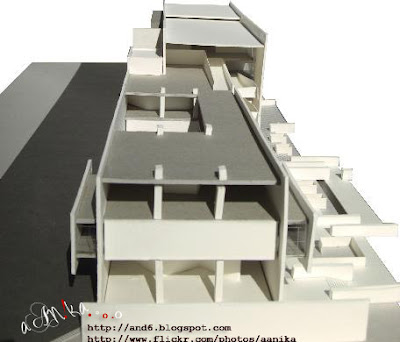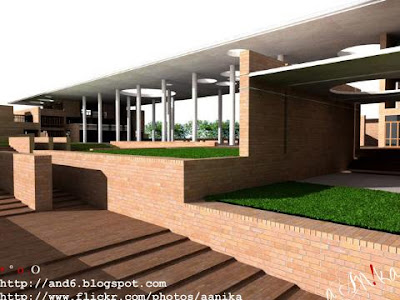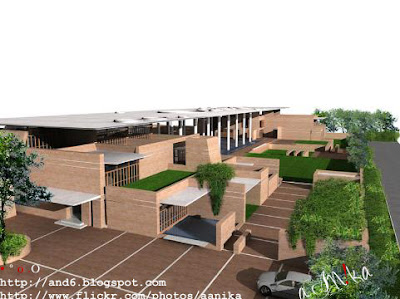


Studio o+a was responsible for redesigning Facebook’s new 150,000-square-foot office at Palo Alto, California, USA. During the design process, the design firm consulted employees to find out their expectations about the work environment and they designed the space for each department with a different twist. There is another interesting point here. Some of the walls have been left white and some places look as though they still might need some work. According to Facebook employee Everett Katigbak, this has been done on purpose as he notes on his blog:




.jpg)



.jpg)
.jpg)
.jpg)
.jpg)
.jpg)
.jpg)
.jpg)






































.jpg)
+copy.jpg)

